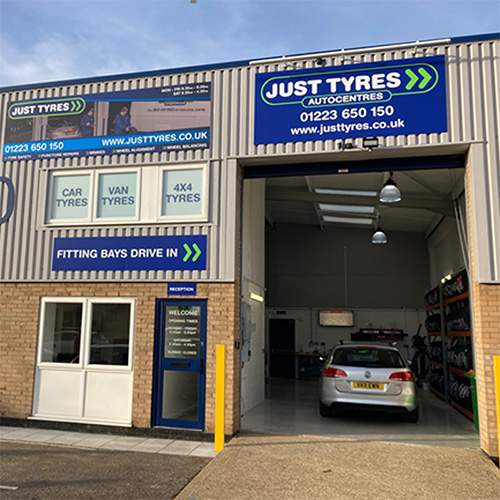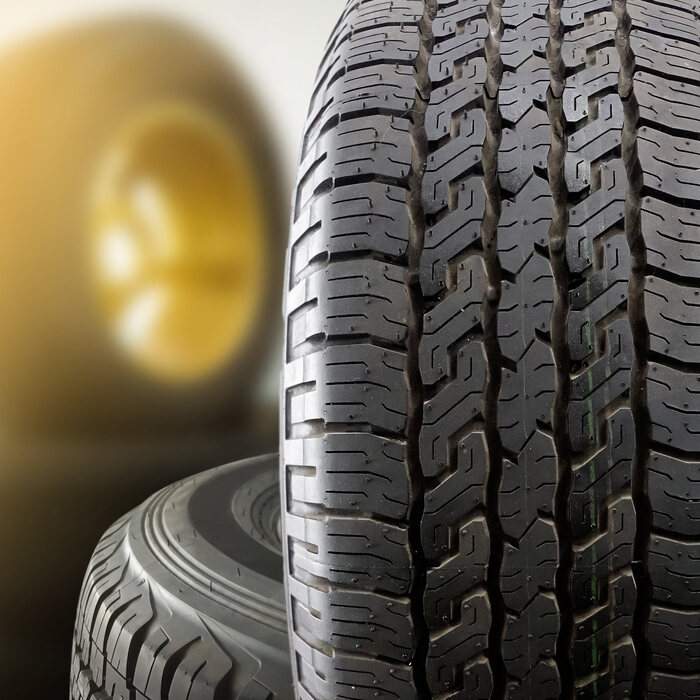WHAT SHOULD YOU DO WHEN DRIVING IN FOG?
Driving in fog can be a daunting experience, especially when it’s heavy and visibility is severely impaired. If you do find yourself driving in fog, there are precautions you should take to ensure your safety.
Is it dangerous to drive when it’s foggy?
Fog, especially heavy fog, can seriously limit visibility, so driving in these conditions does come with additional risks. However, if you drive sensibly and adapt to the conditions, it shouldn’t be anything to worry about.
How to drive safely during fog
It’s important to make sure your car is in a suitable condition for driving in fog before you leave:
Sidelights, headlights, and brake lights
Are all your lights working correctly? During fog, you may be able to see that your brake lights are working without needing to reverse up to a wall or garage (which is a good way to check if you’re alone and can’t ask someone).
Make sure your headlights are dipped, if not using them will make visibility worse.
Tyres
Do your tyres have a tread depth above the legal minimum of 1.6mm? The deeper the tread depth, the better your tyres will grip the road, which helps with shorter braking distances.
Fog lights
These are extra lights on the front and/or back of vehicles that help with visibility when it’s foggy.
Front fog lights are usually white, so they can be seen by vehicles in front, and rear fog lights are red, and are similar in appearance to brake lights. Fog lights are designed to cut through fog to let other drivers know you’re there while reducing glare.
It’s vital that you check your fog lights and headlights are working. According to The Highway Code, you must use headlights when visibility is less than 100m. The rules also state that you must turn off your fog lights when the visibility improves to prevent dazzling other drivers.
What you should do when it’s foggy
When driving in fog take extra precautions on the road, such as:
Slow down
Reduced visibility is the biggest effect of fog, and by slowing down you give yourself and your vehicle more time to react. Remember, it’s not just you who will have reduced visibility, so will every other driver.
Use your headlights and fog lights
As mentioned above, make sure your headlights are dipped and on, especially if visibility is below 100m.
Keep your distance
Make sure you increase the distance between yourself and the vehicle in front. Be wary of other drivers who may not be using their lights, as they will be more difficult to see until it’s potentially too late.
Keep using your mirrors
You may be keeping a safe distance between yourself and the car in front, but is the car behind doing the same? Don’t speed up to create more space between the two of you, and try to avoid sudden braking. Remember to use your mirrors before braking or maneuvering.
De-mist your windows
Driving in fog is tricky enough without your windows misting up too. Make sure you use your ventilation system and consider opening your windows, especially at junctions, to improve visibility.
Driving in fog can be perfectly safe
Remember to practice sensible driving and be conscious of the hazards, and you’ll find that driving in fog absolutely fine.
If your tyres are close to the minimum tread depth, why not replace them today to ensure your vehicle’s braking distances are the shortest possible. All you need to do is pop your reg into our handy tool and you can buy tyres in just a few minutes.



 Same Day Fitting. Order By 10:30am
Same Day Fitting. Order By 10:30am
 51 Nationwide Fitting Centres
51 Nationwide Fitting Centres
 5 Year Warranty On All Tyres
5 Year Warranty On All Tyres
 Price Check Promise. Always Great Deals
Price Check Promise. Always Great Deals

 Find a Centre
Find a Centre


